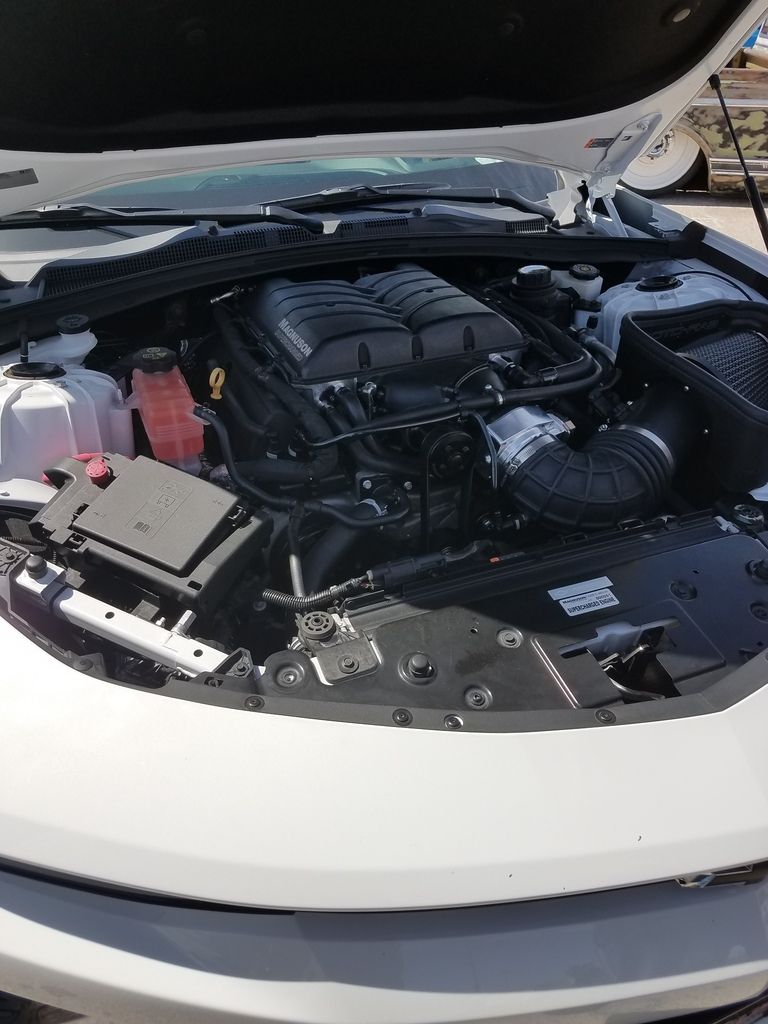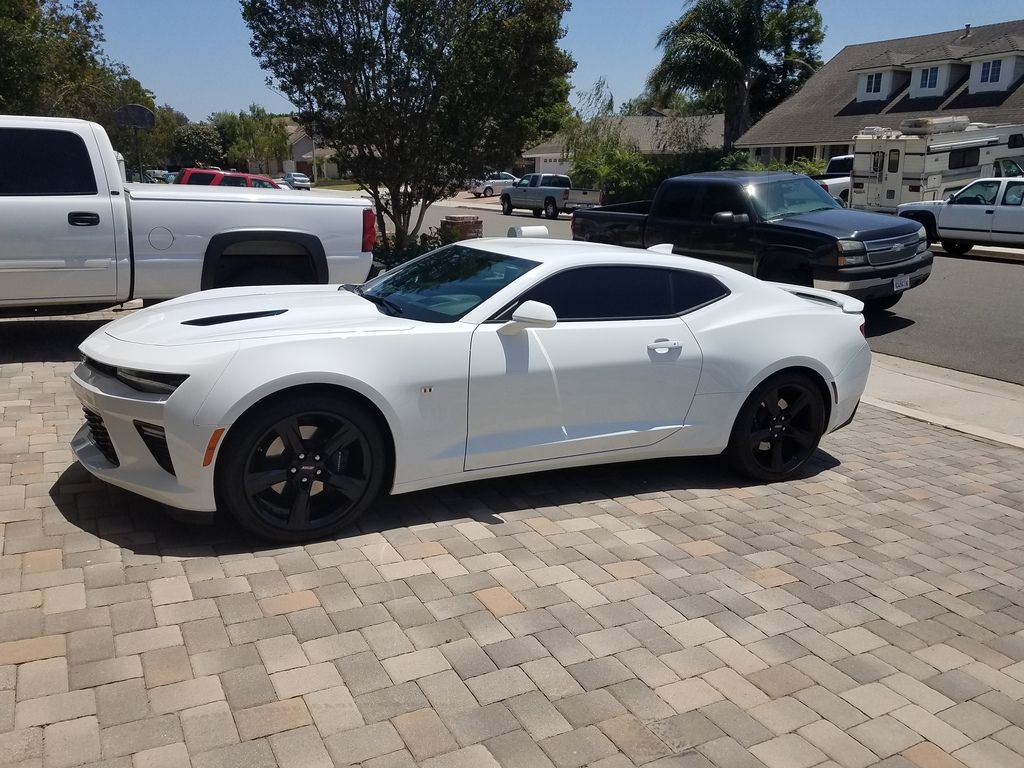What is the cost difference?
That depends - are you a checkbook racer or a real hotrodder?
In my case (Whipple):
Blower - $1,000 (used, from Greece - seriously)
A/W Core - $150 worth of materials (some steel, copper, aluminum and 140' of 1/4" copper tube)
A/W tank, pump and fittings/hose - $200 ($120 for the tank, $30 for the pump (Seaflow 2000), fittings and hose $50 - Farmtek and Amazon)
Extra blower pulley - $150
Brackets/Tensioner Assembly - $50 (tensioner is a swing spring and a Hayabusa steering damper with 50w oil in it; brackets are scrap 1/4" steel and Whipple snout clamp is a BBC rod cap).
Vortech Renegade Crank Pulley - $250
Belts, mini cooper bypass, misc - $150
Total: ~$2,000
Of course, this doesn't count my time, but it's the only one of it's kind on earth.






